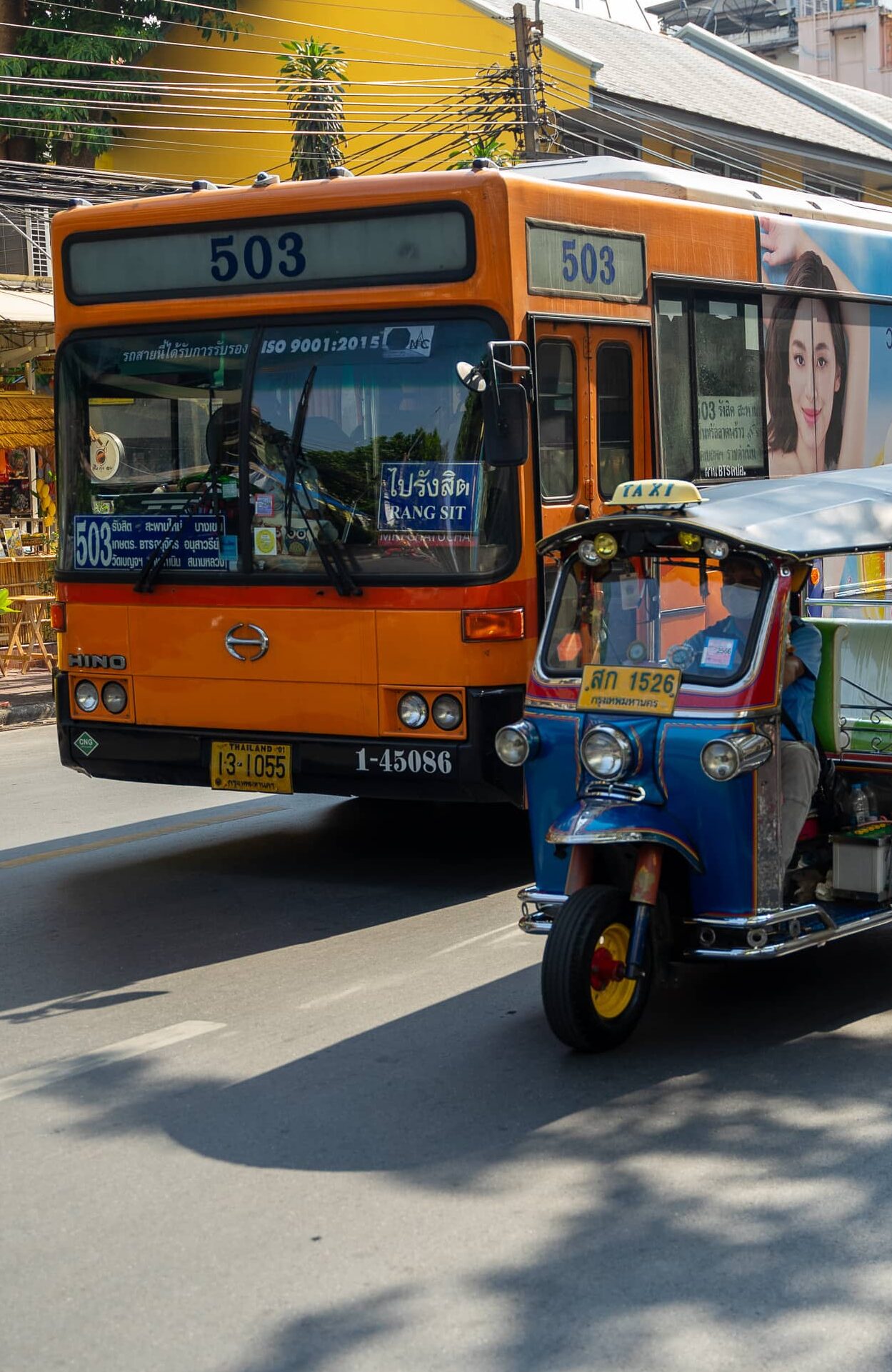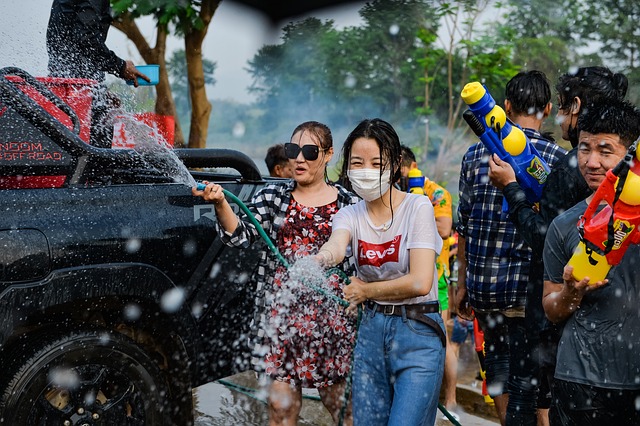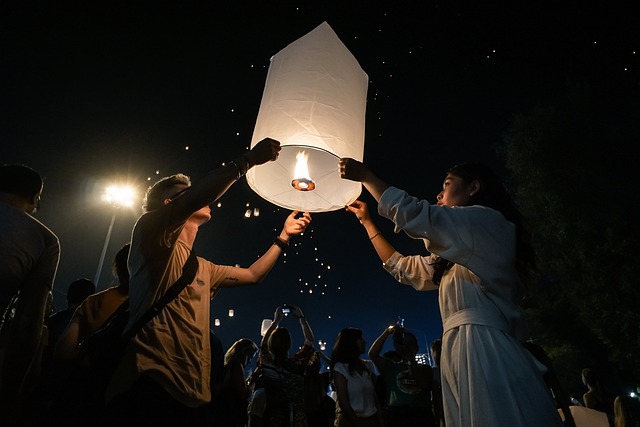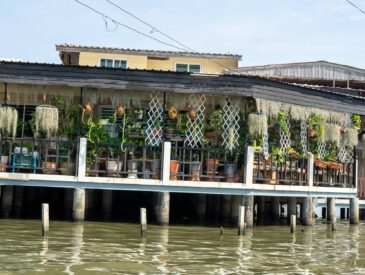Table of Contents
This Thai seasons guide provides detailed information about the climate in Thailand to help you prepare for your trip.
During our 5-month trip across Southeast Asia, we had the opportunity to travel to this amazing country.❤️
Suppose you’d like to combine a trip to Thailand with another country or are simply curious about neighboring countries. In that case, I’d like to refer you to my detailed itineraries in the Southeast Asia Tour section.

Thai seasons: When is the best time to visit?
Check also my detailed article about some useful information before your trip such as visa information, health, how to manage and change your money, …
When to go to Thailand?
During the dry season, the best time to travel to Thailand is from December to March. This avoids heavy rains, but be sure to check which part of Thailand you want to visit. There may be a difference between the north and south of the country.
Thailand enjoys a tropical climate divided into 3 distinct seasons: dry season, hot season, and rainy (monsoon) season.
- The dry season extends from November to May, when rainfall is at its lowest and temperatures are mild.
- The hot season runs from March to May when temperatures can be unbearably hot, even scorching.
- With high humidity, the rainy (monsoon) season begins from June to October.
Thailand’s peak tourist season runs from November to March, the dry season preferred by all. The second favorite time to visit Thailand is July and August when hotels and flights are cheaper.
For more detailed information, check THIS website.
Generally speaking, temperatures are pleasant most of the year (25-30°). In Bangkok, temperatures are relatively stable all year round. In the dry season, when temperatures rise, the capital quickly swells, which is the perfect time for strolls along the Klongs (Bangkok’s canals) to discover the floating markets. The rainy season can bring heavy showers and flooding.
Beware of the slash-and-burn season! 🔥
I’d like to add a season that is not strictly speaking a season, but is important to know about: the slash-and-burn season. This is a period during which a large part of the country’s fields are burning.
It’s a primitive agricultural technique used in tropical areas to clear land and fertilize it to make way for various crops.
Northern Thailand is affected by this period. You may not have much visibility. From late February to mid-April (and sometimes into May), Chiang Mai is subject to the slash-and-burn season, making the air unbreathable and highly polluted.
Visiting Thailand During Festivals
The Thai Lunar New Year occurs at the end of February or the beginning of March. It is a time of traditional open-air festivals that are sure to impress.
Every year, on the full moon of the 12th month of the lunar calendar, the magnificent festival of Loy Krathong, otherwise known as the « Festival of Lanterns« , takes place. For this occasion, Thailand shines with a thousand lights during three days of celebrations and ceremonies.


Wondering about how to get around in Thailand? Check my detailed article!
I hope I’ve helped you organize your trip to Thailand and answered your questions about the Thai seasons.
Other related articles :
- HOW DO YOU GET AROUND IN THAILAND?
- THAILAND TRIP PLANNER: USEFUL INFORMATION BEFORE YOUR TRIP
- THAILAND 1-MONTH ITINERARY: FROM SOUTH TO NORTH







[…] beach visits. The north and south regions have varying climate patterns, so it’s advisable to check the specific area you’re planning to […]